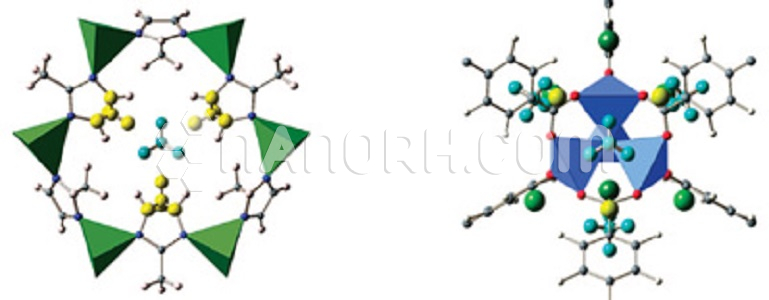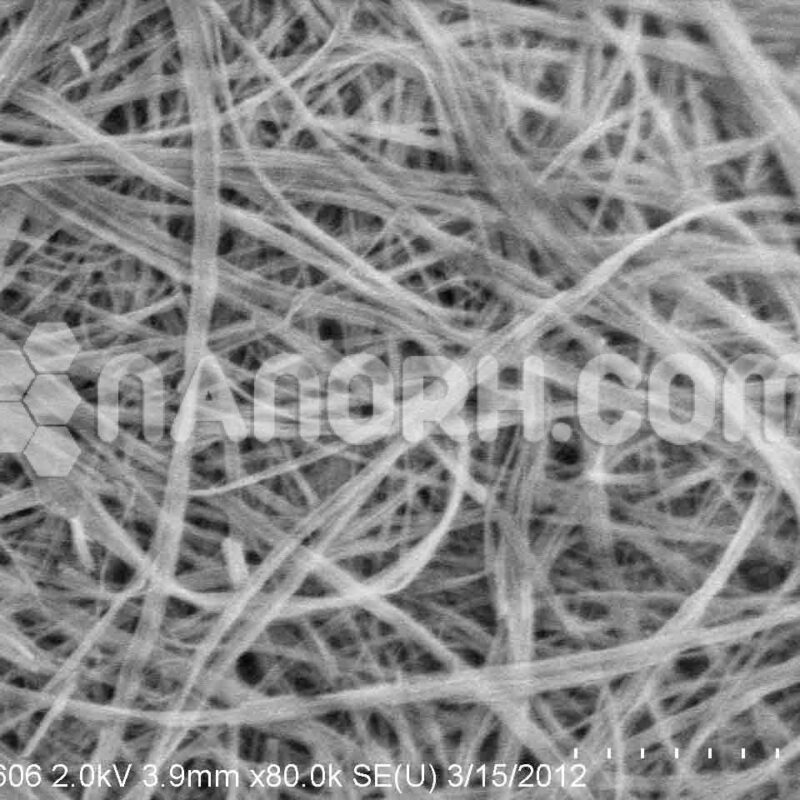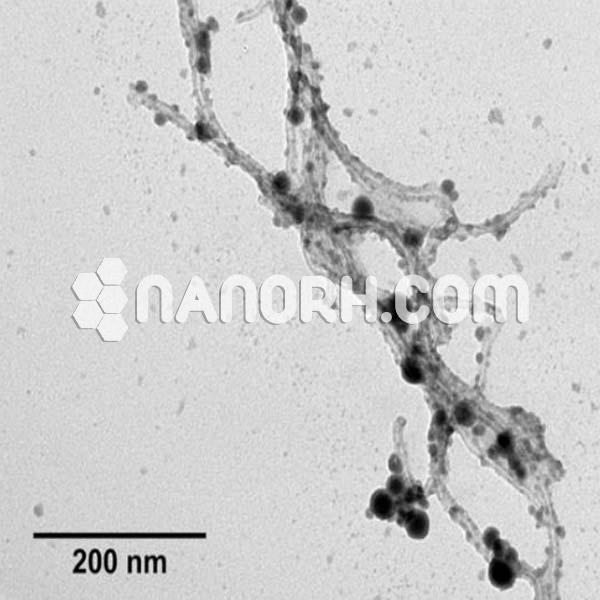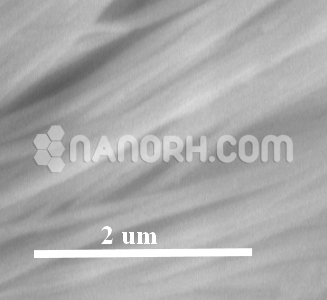Zinc Metal Organic Framework (Zn-ZIF-8, Purity: 99%, APS:30-40µm)
| Zinc Metal-Organic Framework | |
| Product No | NRE-31126 |
| CAS No. | 7440-66-6 |
| Formula | C27H18Zn3O6 |
| APS | <40µm (can be customized) |
| Molecular Weight | 229.60 g/mol |
| Purity | 99.9% |
| Density | 0.35g/ cm3 |
| Pore Size | ~10Å |
| Odor | Odorless |
| SSA | ~1300 m2/g (BET) |
| Color | Bluish-silver |
Zinc Metal-Organic Framework
Applications:
Catalysis: zinc metal organic framework are widely studied for their catalytic properties, especially in oxidation reactions. Zinc’s relatively low redox potential makes Zn-MOFs suitable for catalyzing reactions such as epoxidation, hydrolytic cleavage, and C-H activation. Zn²⁺ ions in the framework can act as Lewis acids, facilitating the activation of substrates for various organic transformations.
Additionally, Zinc metal organic framework can act as heterogeneous catalysts in various chemical processes, offering advantages such as easy recyclability and reduced environmental impact compared to traditional homogeneous catalysts.
Gas Storage and Separation The high surface area and tunable pore sizes of zinc metal organic framework make them ideal candidates for gas storage and separation applications. These materials can efficiently adsorb gases such as hydrogen (H₂), carbon dioxide (CO₂), methane (CH₄), and nitrogen (N₂), making them useful in fields like natural gas storage, hydrogen storage, and carbon capture.
zinc metal organic framework are particularly useful for CO₂ capture due to their ability to selectively adsorb CO₂ over other gases. In addition to reducing greenhouse gas emissions, Zn-MOFs can be used to separate different gases in industrial processes, such as separating CO₂ from natural gas or biogas. Their flexibility in terms of the types of gases they can adsorb also opens the door to applications in natural gas processing, breathing gases, and air purification.
Energy Storage Zinc metal organic framework based materials, including Zn-MOFs, are also being investigated for their potential in energy storage systems, such as batteries and supercapacitors. Zn-MOFs are promising candidates for lithium-ion batteries, sodium-ion batteries, and supercapacitors due to their high surface area and ionic conductivity.
Zinc metal organic framework ability to undergo reversible redox reactions is beneficial in energy storage applications, where the material must be able to absorb and release ions efficiently.




